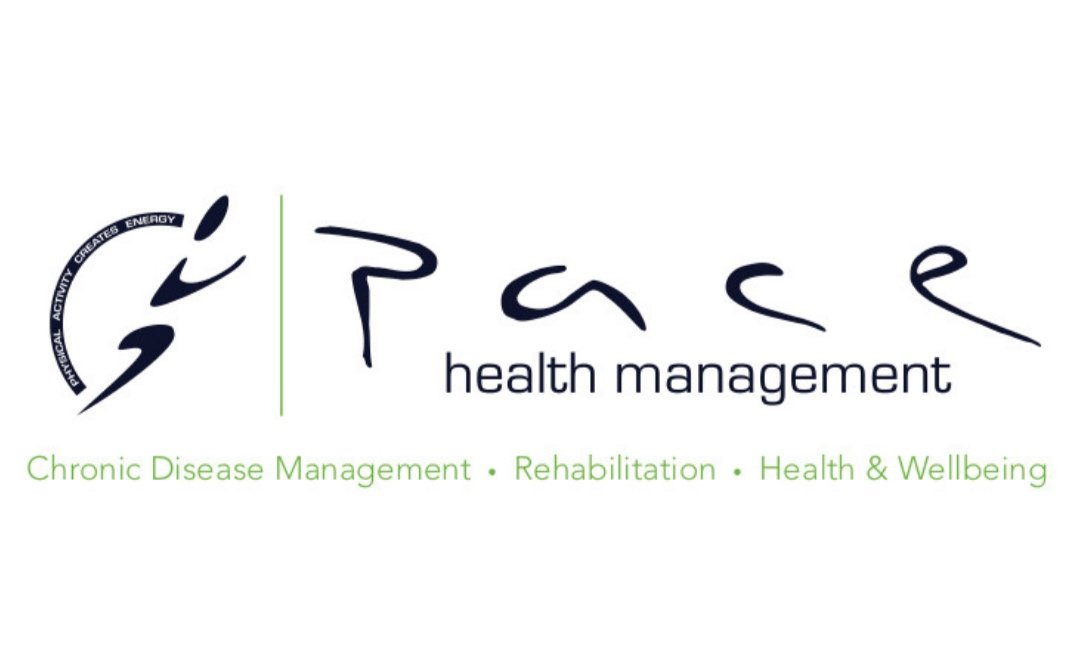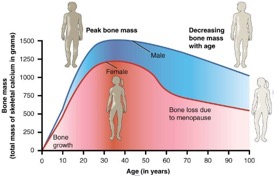Strong Bones for Life!
By Stephanie Hayward - Accredited Exercise Physiologist
The bones you were born with are different to the bones you have today. Bone cells are made up of dynamic tissue with the capacity to adapt and change based on the demands placed on them. When significant bone tissue has been lost, or weakened osteoporosis occurs, leading to increased risks of fractures. This is a huge health issue that affects 2 in 3 women and 1 in 3 men over the age of 60 in Australia. As a result, regular long-term physical activity has a particularly important role in maintaining or increasing your bone mineral density (BMD).
BMD changes over our lifespan. By developing a higher BMD peak during childhood and maintaining BMD throughout our adult life, you can significantly reduce the risk of osteopaenia & osteoporosis later in life. Our bones form their foundations early in life (between 16- 25 years) and after this time bone loss starts to occur at a rate of 1-2% of bone mass each year. Due to the protective mechanisms oestrogen provides to the bone health in women, the rate of bone loss accelerates to 2-4% bone loss a year at the time of menopause.
Risk factors
It is important to know your risk factors for osteoporosis as you will not have any warning your bones might be osteoporotic. There are certain factors that can lead to bone loss, these include;
· Family history of osteoporosis
· Being over 40 years of age
· Post-menopausal
· Smoking
· Excessive alcohol consumption
· Lack of vitamin D in your diet
· Taking certain corticosteroids for extended periods of time (6 month or more)
· Physical inactivity
How does exercise help your bones
Your bones are a dynamic tissue and have proven to become stronger though exercises intervention at any age. For adults aged between 30-40, high impact weight bearing exercises can increase bone by (1-3%) which is amazing, as this is the time bones actually decrease at a rate of 1-2% a year. However, after the ages of 45 years (and post menopause for women) the ability to build bone by exercise alone declines and the goal of exercise is to purely preserve the BMD you have. This becomes imperative over the age of 60 as further bone loss occurs (2-4%) each year.
High impact exercises
When we are talking about exercise for your bones, it is not as simple as just going for a walk. Not all types of exercise are ideal to build your bones or have what we call a ‘osteogenic’ effect. For exercise to promote bone health they need to be weight bearing, but body weight alone is not enough to build the bone tissue. For bone cells to stimulate new bone the exercises need to be high impact weight bearing with loads 2-4 times your body weight.
Resistance training
In addition to high impact exercises, you also need to incorporate resistance training at least 2-3 times a week. Muscles attach on to bones and by contracting they place forces through the insertion points on the bone which stimulate bone cells. Resistance exercises should include at least 8 exercises focusing on the major muscles groups. Some suggested exercises include,
· Weighted lunges
· Hip abduction
· Knee extension
· Arabesque
· Back extensions
· Pulls down
· Cable row
The intensity of the resistance training should be very high, lifting heavy weight at 80-85% of predicted maximal effort, repeating 8-10 repetitions, for 2-3 sets.
Balance training
Balance training needs to be incorporated to reduce the chances of a fall. Osteoporotic bones will not withstand the forces placed upon them during a fall, and fractures are most likely to be the outcome. The primary goal is then to prevent a fall through training the body to be able to react and re balance their centre of gravity quickly. This is where specific balance exercises will help focusing on improving standing balance and dynamic balance with gradual reduction in the base of support.
Specific exercise for age and bone health.
16-25 years of age
Balance training is not going to be as important as multi-directional impact loading exercises. These bones are still in their development stage building peak bone mass and multidirectional high impact exercises (up to four times your body weight) should be performed 4-7 times a week.
25-40 years of age
The focus should be on maintaining bone mass and preventing osteoporosis. An exercise program should include multidirectional impact loading (up to 2 times your body weight) with a progressive resistance program at least 3 times a week. In between exercises there should be about 10-20 minutes of dynamic balance exercises.
Diagnosed with osteopenia or osteoporosis
Exercise intensity changes a little, lowering the impact exercises to two times your body weight, and focusing on resistance training (as outlined above) to optimise muscle mass and strength with a greater focus on balance and falls prevention exercises.
To maximise the benefit of exercise for musculosketal health and function it is also recommended to achieve sufficient amount of calcium from dietary sources and sufficient vitamin D from the sun or vitamins.
Please talk to your local PACE Exercise Physiologist to help prescribe the appropriate exercise program for you.

